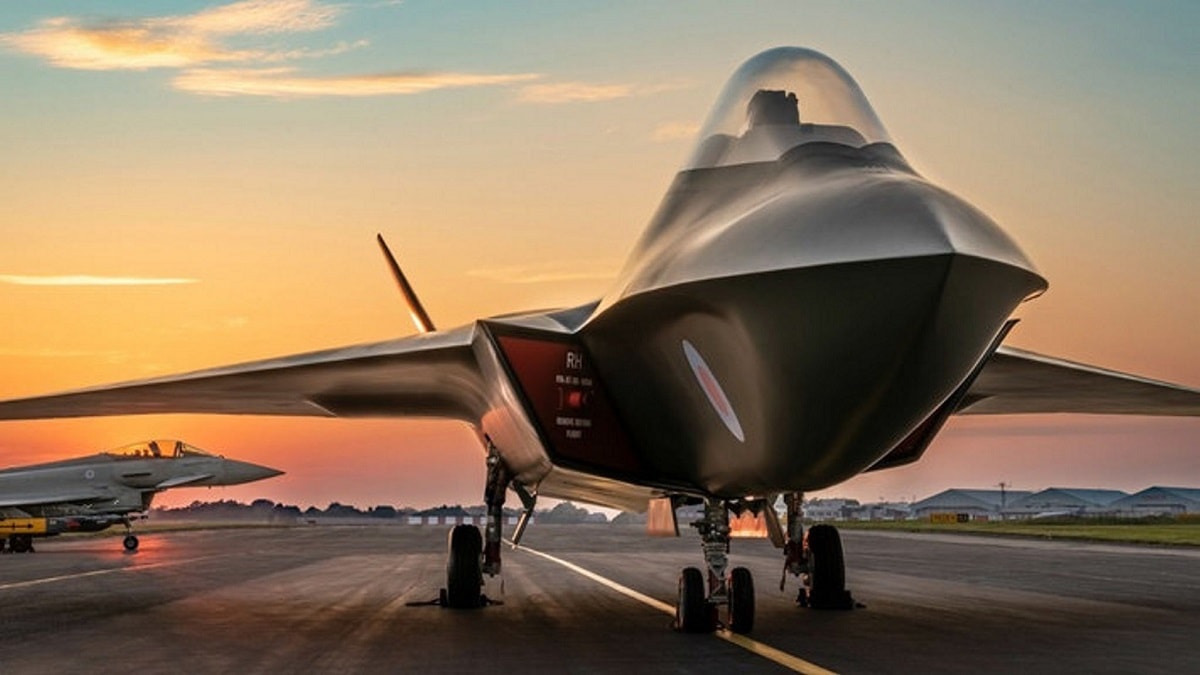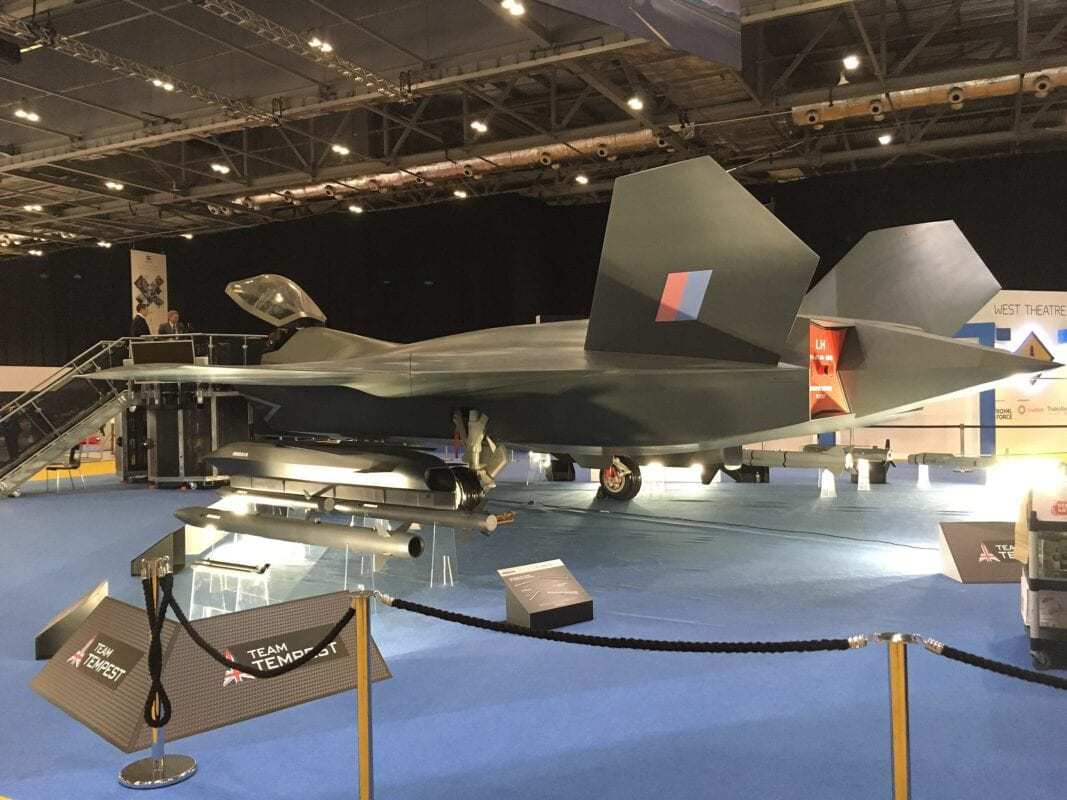The UK’s split from the European Union, known as “Brexit,” took full effect as this year began, and Prime Minister Boris Johnson has called for a more agile “Global Britain,” which could have stronger ties with the United States, Canada, Australia and even democracies such as India and South Korea. That plan is still in its early stages, but in the near term the UK will likely have to change its relationship status with Europe to “It’s Complicated.”
However, where the UK could find itself in a new form of “European Union” is with its sixth-generation fighter jet program. As DefenseNews reported this week, currently NATO member European nations are currently pursuing two different programs to build such an aircraft as well as the “bevy of advanced systems” that could come along with such a fighter within the next two decades.
Future, Zukunft, Futura
The Franco-German-Spanish effort – dubbed the Future Combat Air System or FCAS – involves Airbus, Thales Group, Indra Sistemas, and Dassault Aviation. It aims to be more than just an aircraft and will include other components such as remote carrier vehicles (swarming drones). The program has been described as an important if not the most important “instrument of an integrated European Defence Policy.”
A test flight of a demonstrator is expected to be delivered by 2025, while the aircraft could enter into service around 2040.
O brave new world
The UK-led “Tempest” effort, which also includes Italy and Sweden, is set to enter a new R&D phase. BAE Systems, Britain’s largest defense contractor, has repurposed a World War II era hangar in northern England for use as a testbed for the program. The facility at Warton in Lancashire allows for the experiments to be conducted with advanced manufacturing techniques including 3D printing, while customized robots can build complex structures for the program, The Financial Times reported.
The Tempest program also involves multinational corporations including Rolls-Royce and MBDA; the UK arm of Italy’s Leonardo and Sweden’s Saab, as well as dozens of smaller suppliers.
Cooperation Rather Than Competition
Both aircraft are years – perhaps decades– away, but according to DefenseNews, the German Air Force chief of staff has said he has reached out to his British and Italian counterparts about a possible merger of the projects.
“It can be that we go on different tracks. Hopefully, we will merge eventually,” Lt. Gen. Ingo Gerhartz said in an exclusive interview with Defense News en route to Berlin, Germany, from Mihail Kogălniceanu International Airport outside of Constanta, Romania.
The general added that the operational impetus behind the Tempest program is “exactly the same as what we think will be important in 2040-plus.”
Both efforts have the same finish line to cross, resulting in a sixth-generation fighter jet with new engines, advanced sensors and weapons and increased automation, as well as the ability to manipulate unmanned systems and coordinate with existing platforms. However, a fear is a replay of the development of the Eurofighter Typhoon in the 1980s, which originally involved the French as a key partner only to leave and develop another fighter – the Rafale – which impeded full interoperability.
Given that autonomy and control of unmanned systems could play a significant role in combat operations, it is easy to see why planners would want to ensure that two non-compatible aircraft won’t be flying over Europe’s skies by NATO allies. It has also been suggested that given the costs of research and development (R&D) and production, it isn’t clear that Europe can afford two systems.
Of course, there is the counterargument that a partnership could place too many cooks in the aircraft’s proverbial kitchen, while there is also the old saying that a camel is a horse designed by committee. Neither of those results would be good, but then neither would a system that costs so much that few nations could afford to fly it.

BAE Tempest. Image VIA BAE.

A mock-up of the Tempest in 2019.

UK Stealth Tempest Fighter
Peter Suciu is a Michigan-based writer who has contributed to more than four dozen magazines, newspapers and websites. He regularly writes about military small arms, and is the author of several books on military headgear including A Gallery of Military Headdress, which is available on Amazon.com.

